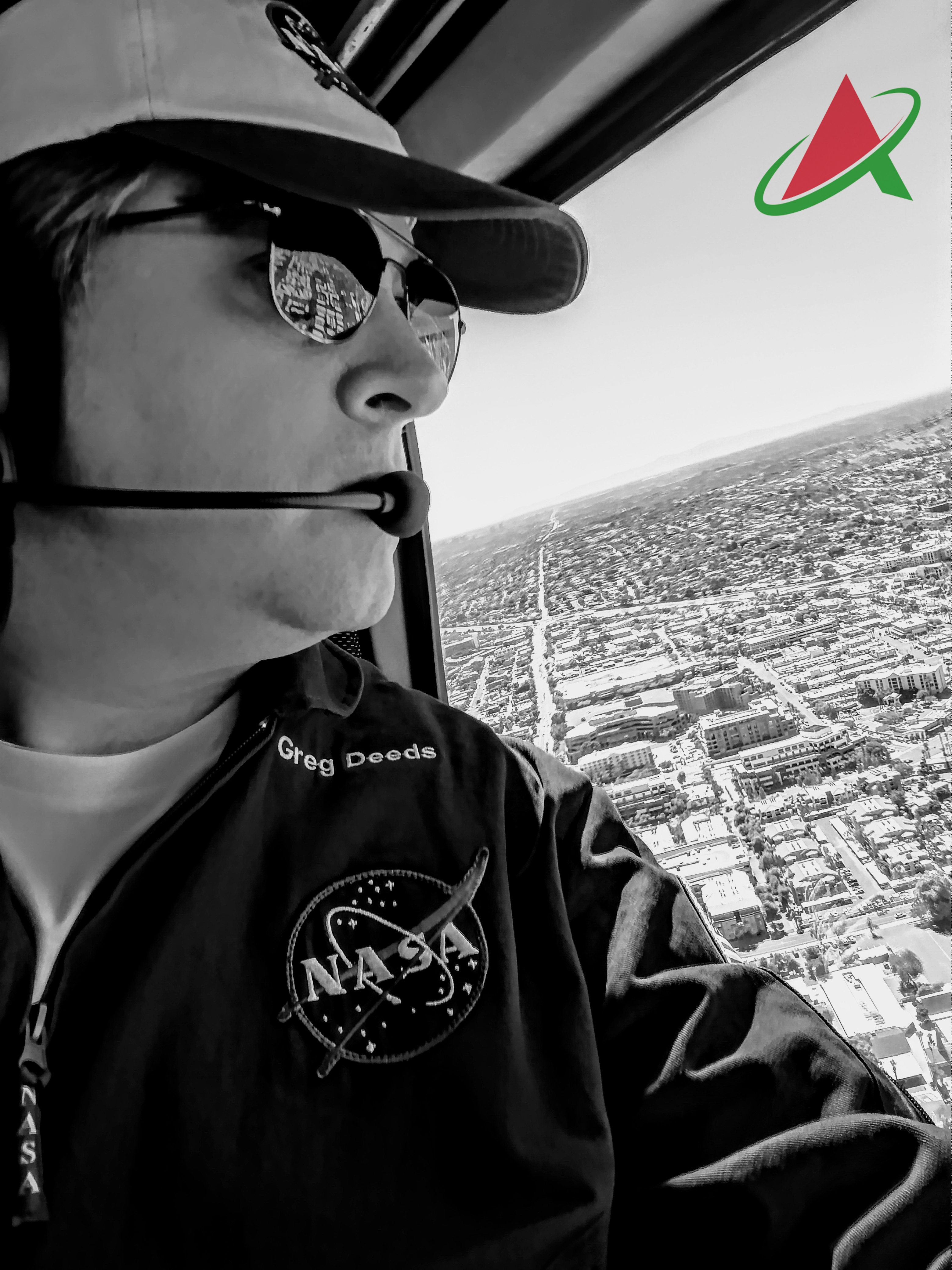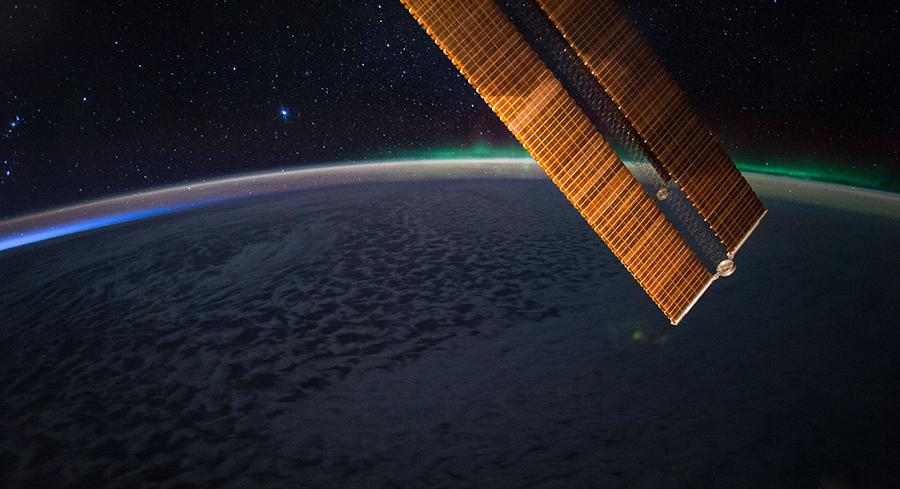
NASA Technology Helps in Fight Against Climate Change
NASA technology fights climate change in all kinds of ways. Many of these innovations were pioneered for space travel and planetary exploration before anyone repurposed them for use on Earth. Others originated with longstanding programs to study our home planet or to improve commercial flight. And a few started with the agency’s efforts to reduce its own environmental impacts. Below are some examples. Click the links for more information on each.
Trapping Greenhouse Gases
Catching Gas Flares
Most natural gas that escapes from oil wells is burned off, wastefully releasing carbon dioxide and other pollutants. Building on technology for creating fuel and other resources from elements found on the surface of Mars, one company is catching and purifying the gas for sale.
Putting CO2 Back into Beer
Most small breweries vent the carbon dioxide created during brewing and then buy more to carbonate the beer itself. Now the same technology for manufacturing resources on Mars has been adapted to enable breweries to capture CO2 and then recycle it to carbonate the beer.
Ending Gas Venting
Oil well operators often use pressure from escaping natural gases to power machinery, then vent the gas. A small, efficient fuel cell built with help from NASA can power well operations, ending the practice of gas venting.
Sniffing Out Gas Leaks
A spectrometer created to look for methane on Mars is 1,000 times more sensitive than competing technology. The device can be handheld or mounted on a drone or car and lets natural gas producers easily spot and stop leaks.
Preserving Rainforests
Rainforests trap huge amounts of the greenhouse gas carbon dioxide. With help from NASA funding, Conservation International uses the agency’s satellite imagery and supercomputing resources to prevent forest fires – and spot them if they start – in rainforests around the world.
Food from Thin Air
NASA has long studied hydrogen-fixing bacteria for life-support systems that could capture carbon dioxide and turn it into other things. One company built on years of NASA research to convert captured CO2 and other ingredients into foods, materials, and fuels.
Instant Emissions Test
Technology invented to measure atmospheric carbon dioxide from a satellite is sensitive and reliable enough to measure emissions from passing vehicles. A company is working to enable municipalities to use the NASA sensor to monitor vehicle pollution.
Conserving Energy
A Barrier to Heat Waste
Reflective multi-layer metallized thin film insulation, known as radiant barrier, is one of NASA’s oldest and most ubiquitous spinoffs. Invented as lightweight insulation for spacecraft and spacesuits, it’s now used in countless applications, including insulation to make homes and other buildings more energy efficient.
Dry Gel Insulation
Aerogel insulations, lightweight and highly effective, were created for NASA to manage cryogenic fuel. Now some of their most important uses are in industrial insulation, conserving energy in pipelines, steam systems, refineries, chemical plants, and much more.
Aerodynamic Trucks
The shape of modern tractor trailer trucks was heavily influenced by NASA, whose engineers introduced modifications including streamlined fairings over cabs, forward-mounted engines, rounded edges, and strategically placed vortex generators. These save each truck thousands of gallons of fuel per year.
Intelligent Buildings
To monitor energy generated by renewable sources and consumed by systems and devices, NASA’s Sustainability Base worked with a company to develop a detailed energy “dashboard.” Corporate campuses across Silicon Valley and beyond now use it to reduce consumption.
Heat Management
One company licensed a coating NASA developed for hypersonic spaceplane heat shields, improved it, and turned it to industrial applications like incinerators, boilers, and refractories. It now saves energy in glass and metal plants, petrochemical facilities, bakeries, and more.
Designing for Efficiency
After developing an algorithm-based tool to help NASA evaluate options for deep-space human missions, a professor and his graduate students created similar software to help home designers weigh construction costs against energy efficiency, enabling savings in both areas.
Running on Empty
The voltage controller, invented by a NASA engineer in the 1970s, is one of NASA’s most-used innovations. It enables machinery to automatically decrease energy consumption when full power is unnecessary – for example, escalators and elevators without passengers.
Shrinking Air Travel’s Carbon Footprint
Fly On, Little Wing
Winglets – upturned ends on airplane wings – were just one of NASA engineer Richard Whitcomb’s major contributions to aeronautics. Found on most modern jetliners, they diminish vortices that cause drag, reducing fuel consumption by around 5%, or about 100,000 gallons per airliner annually.
Supercritical Thinking
Before inventing winglets, Whitcomb used his intuitive approach to aerodynamics to design the supercritical wing. Intended to improve efficiency near the speed of sound, the now-ubiquitous design is also more efficient at subsonic speeds, saving billions of dollars and untold fuel each year.
Gearing Up Engine Efficiency
Between 2005 and 2010, NASA worked with aircraft engine manufacturer Pratt & Whitney to eliminate a long-known inefficiency in the turbofan engines that power most commercial aircraft. The resulting geared turbofan engine improves engine efficiency by over 15%.
Direct Airline Routes
NASA developed the automated Direct-To software tool to evaluate air traffic and suggest shorter routes to pilots in flight. Airline manufacturer Boeing turned it into part of the company’s flight-optimization suite, where it helps shave minutes – and fuel consumption – from each flight.
All-Electric Flight
With NASA’s help, a company designed a high-power battery pack that could meet safety requirements for the agency’s all-electric experimental airplane. Now the company is selling batteries based on that development for use in some of the first all-electric passenger planes.
Advancing Renewable Energy
High-Wattage Sun Power
In the early 2000s, a company developed advanced silicon solar cells to power lightweight, high-altitude NASA aircraft. They generated 50 percent more power than conventional cells. The company made them more affordable and now makes some of the highest-wattage home panels available.
Solar Cell Absorption
An engineer who worked on solar cells under a NASA research associateship founded a company and partnered with NASA to perfect an affordable antireflective coating process to increase solar cell efficiency. The company licenses the process to solar cell manufacturers.
Solar Flexibility
With NASA funding, one company developed a cheaper way to produce high-efficiency solar cells and used it to make affordable, portable, flexible solar panels. Its solar cells now power troops’ devices in the field, as well aircraft and satellites.
Growing Wind Turbine Blades
Software that started at NASA in the 1980s to help design a proposed hypersonic spaceplane is now enabling wind turbine manufacturers to design larger blades to increase turbine efficiency. The program keeps the blades as lightweight and easy to manufacture as possible.
Send In the Clone!
A program that creates high-fidelity digital models – or “clones” – of mechanical components or systems was validated against years’ worth of NASA helicopter gear data. Now it allows some of the country’s largest wind turbine operators to predict and extend their turbines’ lifespans.
Martian Turbines on Earth
With an eye toward generating power on Mars, NASA helped a wind turbine company simplify and ruggedize its turbines for use in polar conditions on Earth. More than 800 of the resulting turbines have been deployed around the world.
Solar Hydrogen Fuel
NASA funding helped a company develop technology that uses solar power to pull hydrogen from water, for use in hydrogen fuel cells. In remote locations, this prevents power disruptions due to lack of sun. The company is scaling up for industrial applications.
Understanding Climate Change
Google Searches Earth
Decades’ worth of Earth imagery gathered by the NASA-built Landsat satellites is now available for free, enabling global analyses of surface trends like glacier retreat, desertification, and deforestation. Google Earth Engine is partnering with scientists to mine all that data.
Custom Climate Analysis
NASA integrates 40 years’ worth of atmospheric data into numerical models and provides the computing power to analyze particular eras and locations. One of the first to use this Climate-Analytics-as-a-Service was an organization developing online supercomputing for plant science research.
Atmospheric Chemistry
Looking to fill in gaps in atmospheric observations, NASA helped a company refine software that models chemical reactions in the atmosphere. The software helps clients to model climate and weather and to study and forecast air quality.
Monitoring Ocean Health
NASA funding helped one company develop micro-radiometric probes to sense the precise color of ocean water, indicating the distribution of phytoplankton and other materials. They can help calibrate Earth-imaging satellites, and the technology also led to radiometers for measuring atmospheric properties.
Keeping an Eye on CO2
To fill in details in the data from its first carbon-observing satellite, NASA helped a company create a gas detector that can correct for air turbulence. On drones and towers, the probes measure carbon dioxide and other gases, along with other atmospheric conditions.
Greenhouse Gas Analysis
To spot signs of life on other worlds, NASA needs sensors to detect ratios of carbon and methane isotopes. So the agency helped one company advance its gas-analyzing spectrometers. These rugged, inexpensive analyzers now detect greenhouse gases and more around the world.
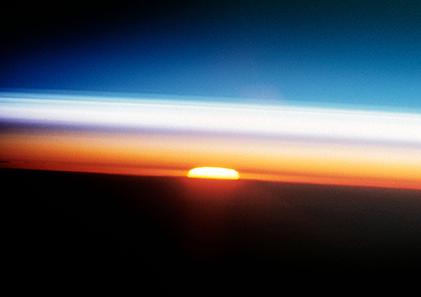
This cross section of the Earth's atmosphere at sunset displays an unusual layering believed to be caused by temperature inversions. Credit: NASA
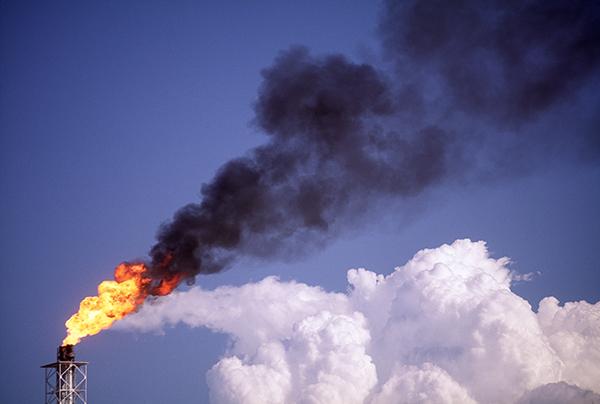
Flaring at drilling sites releases about 350 million tons of carbon dioxide per year and is associated with health problems nearby. However, if properly processed and separated, the gas can instead be valuable fuel. Credit: jmsilva via Getty Images

Microbreweries have typically vented carbon dioxide, but a NASA spinoff system enables them to reuse it for carbonation. Credit: Quinn Dombrowski, CC BY-SA 4.0
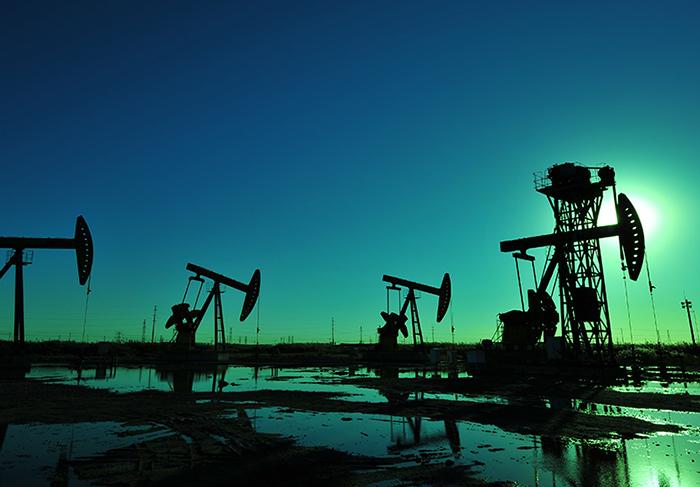
Instead of using the pressure from natural gas that escapes from oil wells to power pneumatic components and then venting the gas, drillers can use SAFCell’s fuel cells to power equipment, keeping methane, a powerful greenhouse gas, out of the atmosphere. The cells offer high efficiency at low cost and complexity. Credit: songqiuju via Getty Images
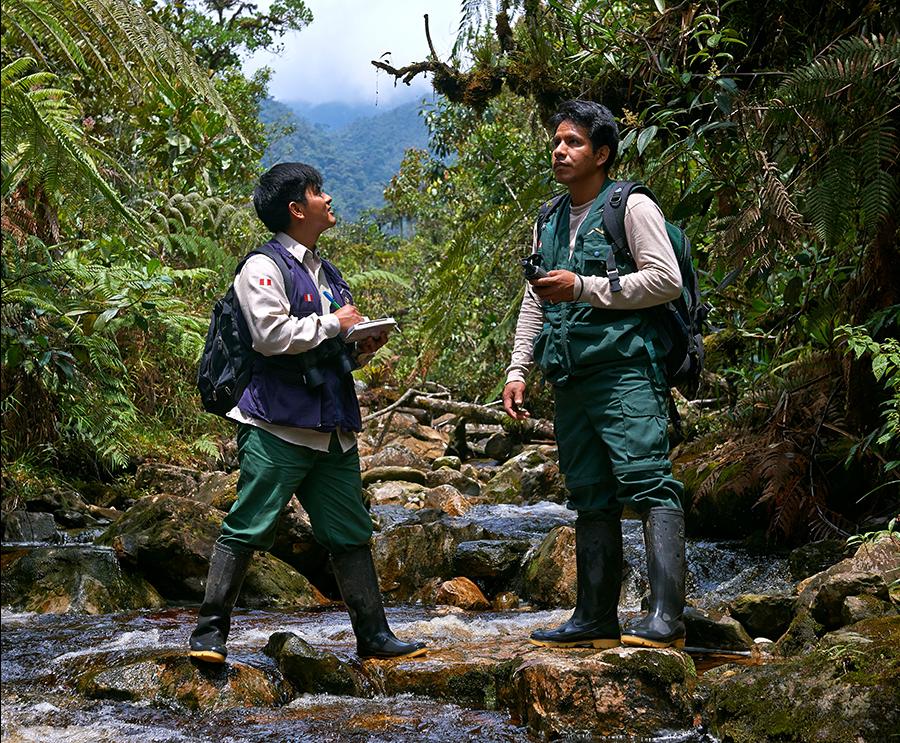
To fight fires threatening the rainforests that trap much of the world’s carbon dioxide, park rangers patrol the Alto Mayo protected forest in Peru. Conservation International uses NASA spinoff technology to help patrollers coordinate to fight fires. Credit: Thomas Muller
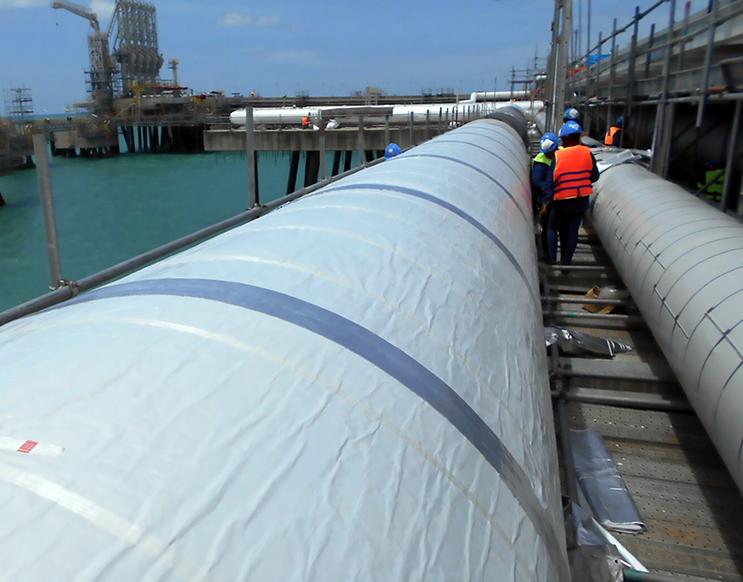
These liquid natural gas line in Thailand are insulated with a NASA spinoff aerogel material. Credit: Aspen Aerogels

Ames Research Center’s Sustainability Base is equipped with a monitoring system to calculate energy going in and out. Credit: NASA/JPL

Winglets, the upturned ends now seen on most commercial airplane wings, were invented by NASA engineer Richard Whitcomb and can save thousands of gallons of fuel per plane, per year. Credit: Aviation Partners Boeing
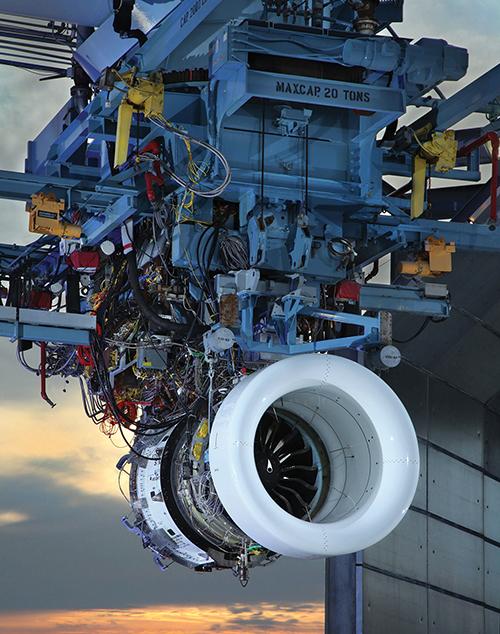
This turbofan engine design, developed in collaboration with NASA, is more fuel-efficient and quieter than other commercial models. Credit: Pratt & Whitney
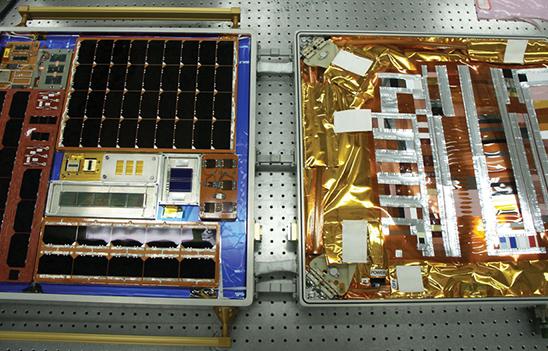
NASA’s efforts to test and improve solar cell technologies for space have led to advances in solar cells now available for renewable energy on Earth. Credit: NASA
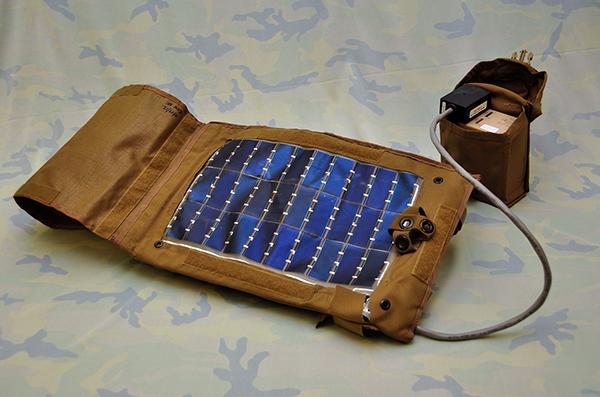
Troops in desert regions already are using MicroLink Devices’ flexible, lightweight solar arrays as a source of portable, renewable energy. Credit: MicroLink Devices Inc.
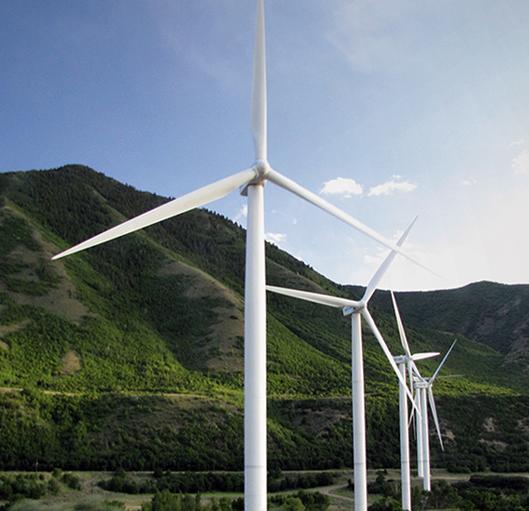
HyperSizer found its first terrestrial application in helping to design blades for wind turbines. Credit: Scott Tere12sl, CC BY-SA 2.0
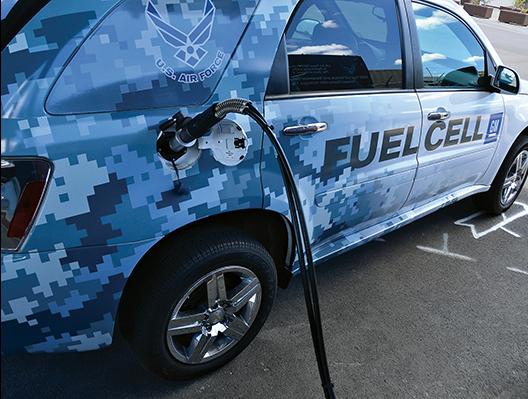
The need for power on Mars prompted NASA to develop technology for using solar energy to charge hydrogen fuel cells, which could be useful in vehicles and in other contexts on Earth. Credit: U.S. Navy Photographer, MC2 Daniel Barker
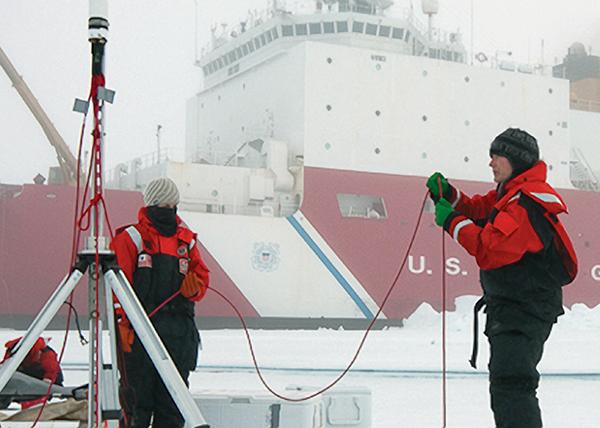
NASA spinoff radiometers measure properties of the oceans, atmosphere, and, in this picture, Arctic ice. Credit: NASA

The aurora and the starry night are pictured above Earth’s atmosphere in this photograph taken from the space station’s cupola June 19, 2017. Credit: NASA










